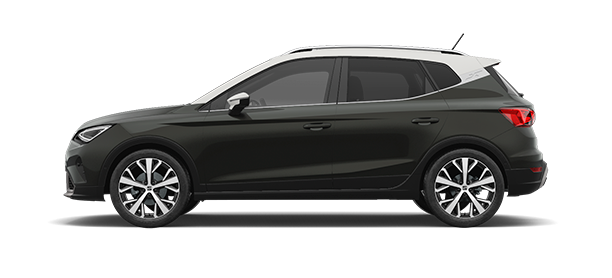When the head and upper body collide with the airbag, it must not form a solid obstacle. Instead, the body forces out the gas through outlets in the air cushion. This is what permits the effect of a soft landing.
The full-size design of the driver airbag holds up to 60 or 65 litres of gas. The passenger airbag has a volume of up to 150 litres, depending on the size of the car. The passenger airbag can also often be deactivated by using the ignition key in a key-operated switch. This lets you safely place a rear-facing child seat in the front seat, for example.
A control system continuously monitors the proper functioning of the airbag systems in all SEAT models.










